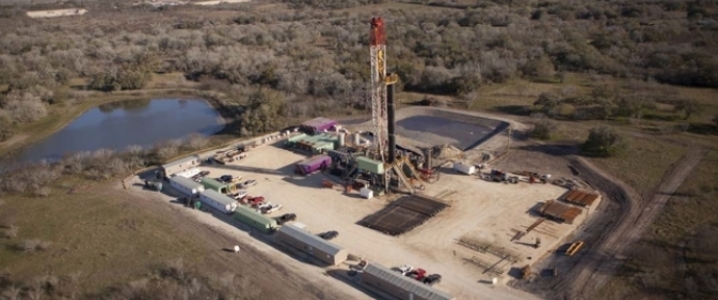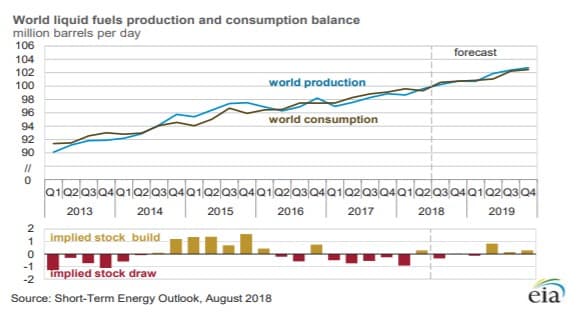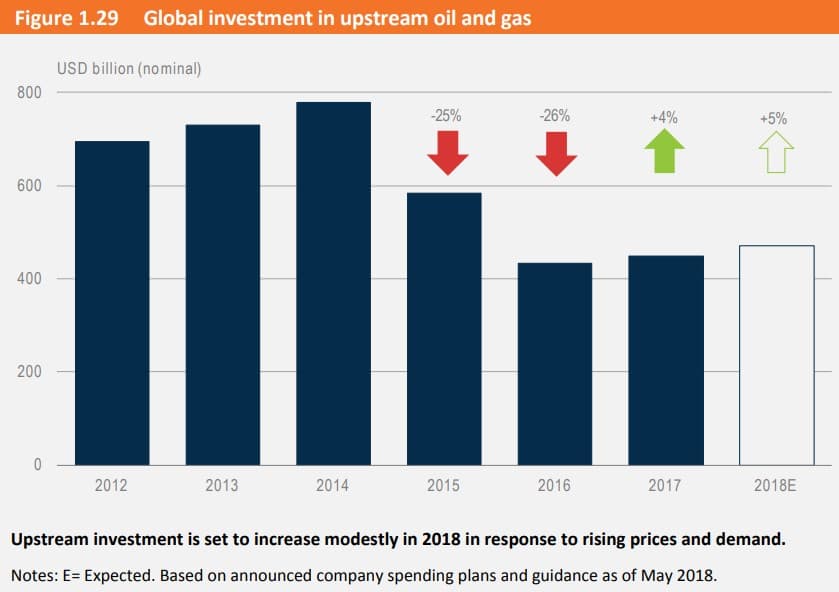After several months of oil price rises and then a sharp reversal over the last few weeks, world oil markets are in for more heightened volatility next year because of scarce spare production capacity among OPEC members. This warning comes from the World Bank, which in the latest edition of its Russia Economic Report said that OPEC was the single most important factor for oil price outlooks in the short term.
“As non-OPEC oil supply growth is expected to be greater than that of global demand, the outlook for oil prices depends heavily on supply from OPEC members,” the report’s authors noted. The level of spare capacity among OPEC members is estimated to be low at present, suggesting there are limited buffers in the event of a sudden shortfall in supply of oil, raising the likelihood of oil price spikes in 2019.”
The World Bank is not alone in seeing OPEC’s spare capacity as an important factor for oil prices going forward. Spare capacity provides a cushion against price shocks as evidenced most recently by the June decision of the cartel and Russia to start pumping more again after 18 months of cutting to arrest a too fast increase in oil prices. They had the capacity to do it and prices stopped rising, helped by downward revisions of economic forecasts.
Now, the oil market is plagued with concerns about oversupply, but this could change quite quickly if there is any sign that OPEC is nearing the end of its spare production capacity. As to the likelihood of such a sign emerging anytime soon, this remains to be seen.
…click on the above link to read the rest of the article…


























